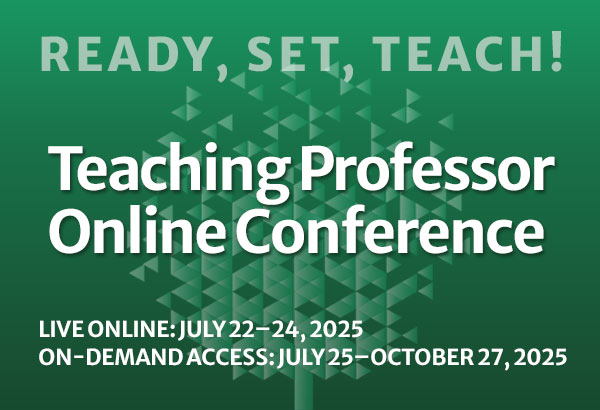
Scenarios to Facilitate Discussion on Student Entitlement
The scenarios here can be used to explore the salient issues, starting with a deeper understanding of what entitlement involves. Most of the definitions are clear, but pretty generic. The conversation gets interesting when it focuses on what entitlement looks like when students have it








